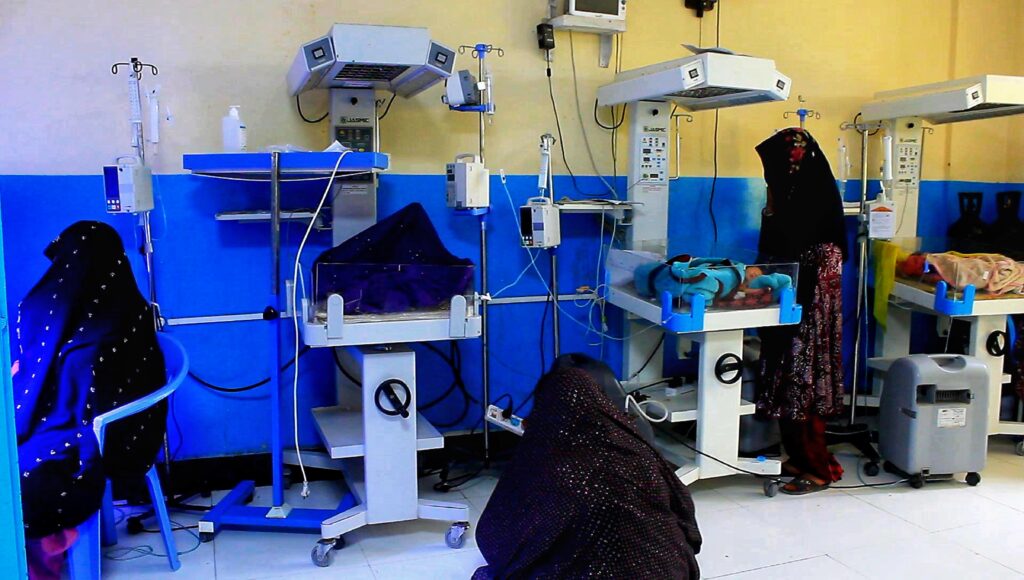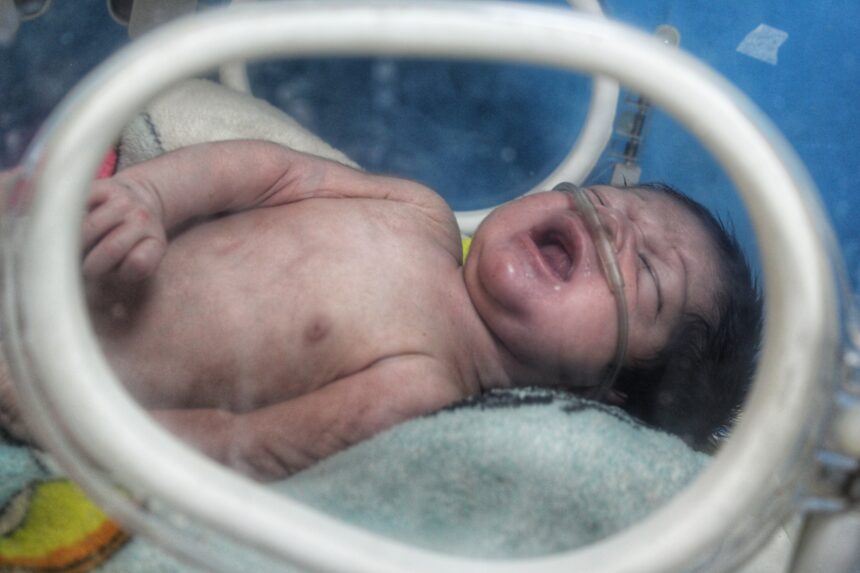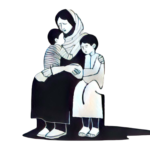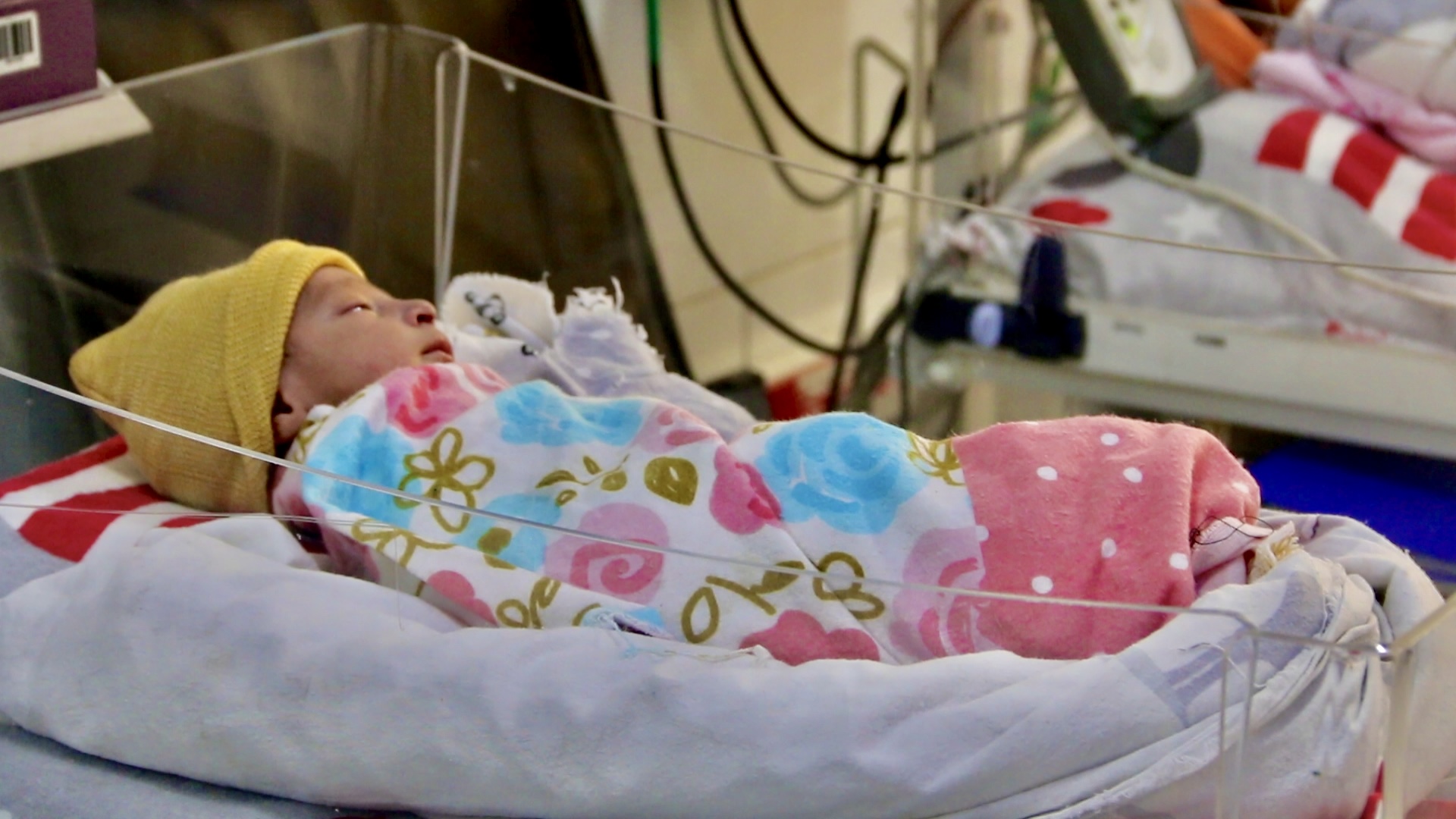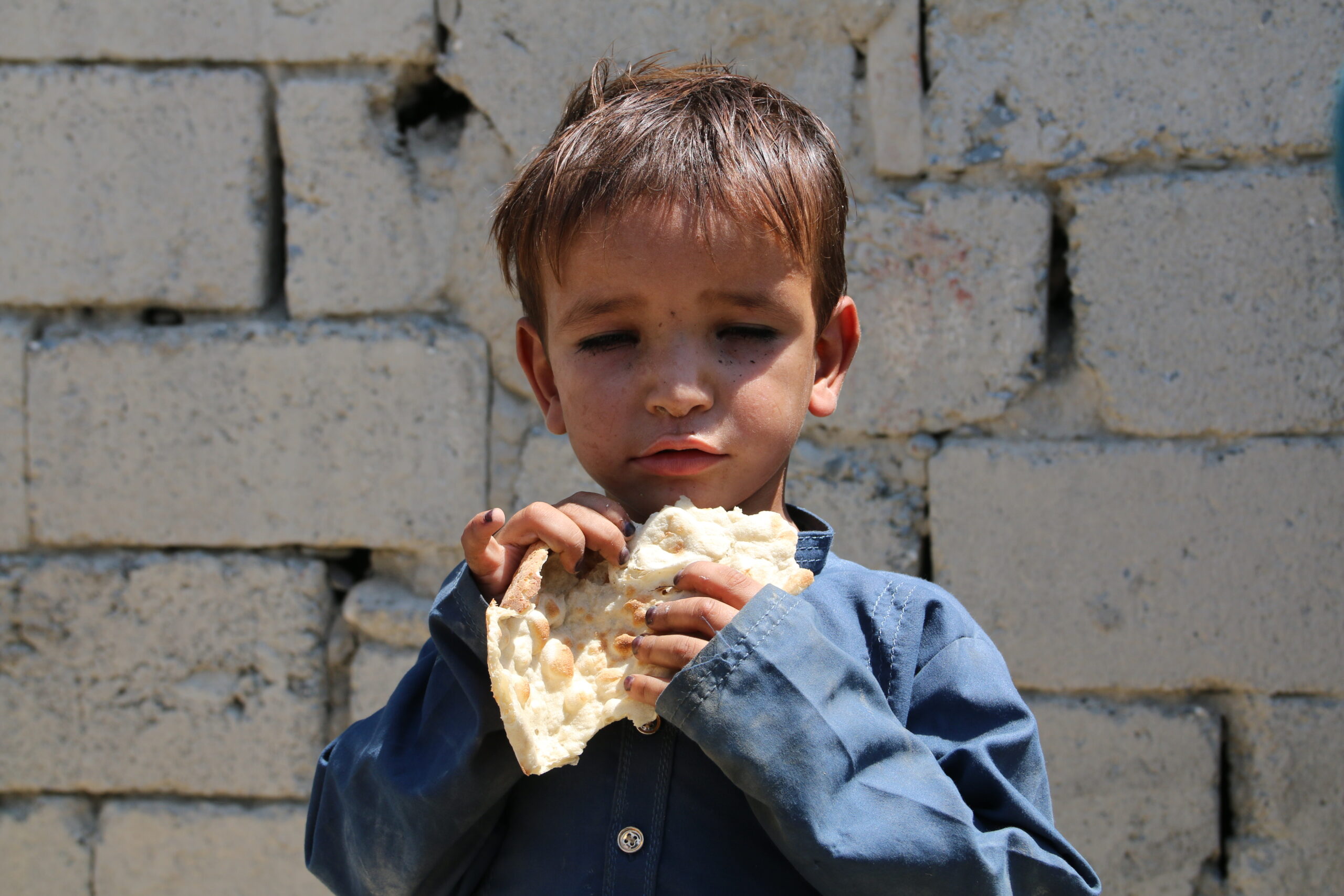Health officials in central-southern Afghanistan are raising alarms over a troubling surge in premature births, a development they closely associate with the growing rate of child marriages in the region.
According to Dr. Kamran*, head of the pediatric department at a hospital in Central-Southern Afghanistan, the incidence of premature births has doubled over the past year. He attributes this increase to a combination of early-age pregnancies, insufficient access to maternal healthcare, strenuous physical labor during pregnancy, and short intervals between births.
“Unfortunately, the number of premature babies in Uruzgan is very high—twice as high as in other provinces,” Dr. Kamran told The Afghan Times. “The leading causes are young girls becoming pregnant before their bodies are fully developed, often while still engaged in hard labor and lacking medical care.”
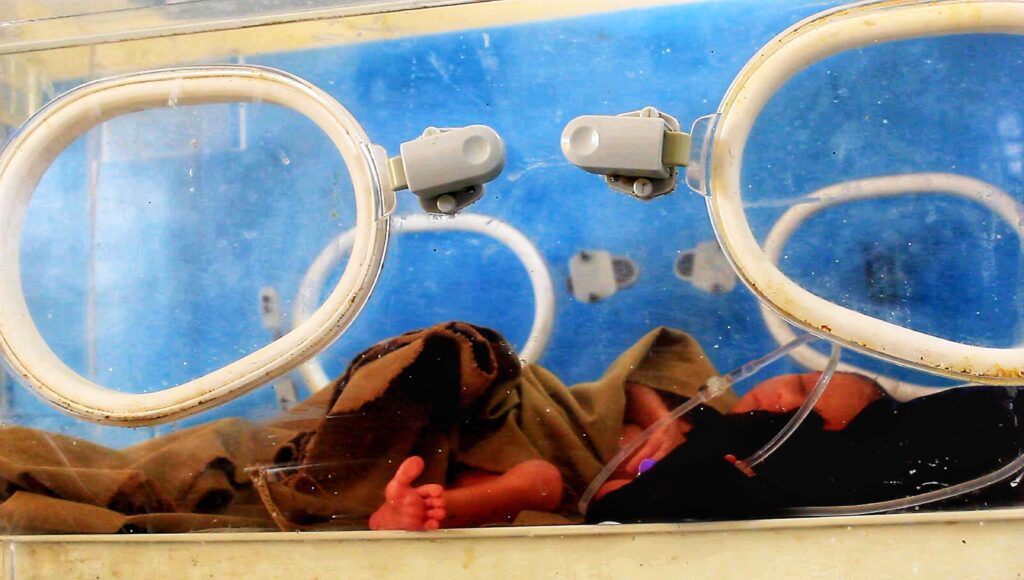
At the heart of the crisis is the persistent and growing practice of child marriage, particularly in rural districts. Driven by extreme poverty, families are marrying off daughters—some as young as ten years old—in exchange for modest dowries.
Amiri, a 50-year-old resident of Uruzgan, shared her story with The Afghan Times, recounting how she married off her 14-year-old daughter to a 27-year-old man for 300,000 Afghanis. “I knew she was too young,” she said, “but we had nothing at home. I used the money to feed the rest of my family.”
Local human rights activists confirm that the problem is especially prevalent in villages, where poverty is most acute and oversight is minimal. “There are many families in our village who have given away their daughters for money. No one helps them. People are desperate,” said Mahbob, a community activist.
A recent statement by UN Women, warned that restrictions on women and girls imposed by the Taliban are expected to drive up rates of child marriage by at least 25%.
UNICEF reports that Afghanistan remains one of the countries with the highest number of child brides, a situation that has only worsened since the Taliban’s return to power in 2021.
“The root causes of child marriage include economic hardship, social pressure, ignorance, and even attempts to prevent ethnic conflict,” Dr. Kamran noted. “This issue has devastating consequences for both maternal and child health.”

Despite the growing concern, local authorities in central-southern Afghanistan have not issued formal responses or actions to address the rise in child marriages or its public health consequences.
Under the Taliban-led administration, there is currently no officially codified minimum legal age for marriage for girls. The previous Afghan Civil Code set the legal marriage age at 16 for girls and 18 for boys. However, the Taliban regime has not reinstated or publicly confirmed these legal standards. Instead, marriage is often regulated through interpretations of Islamic law—particularly the Hanafi school of jurisprudence—which considers girls eligible for marriage upon reaching puberty.
As the situation worsens, healthcare professionals, activists, and international organizations are calling for urgent intervention to protect the health and rights of Afghan girls.
*Name changed for anonymity.
